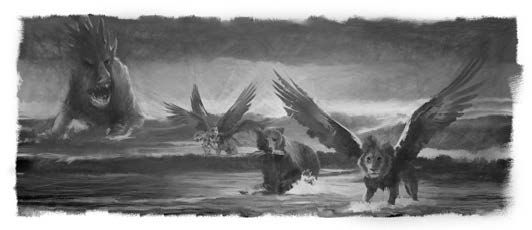The plan seemed perfect: Transform an aging Seventh-day Adventist church in the heart of Egypt’s capital into a vibrant community center.
But construction companies dismissed the idea of completely rebuilding Cairo’s Center Church. “There is no way that you can get a permit”, said a top engineer at one construction company.
Church leaders prayed and decided to move forward in faith. They contacted one more construction company and inquired about the process of securing a permit to renovate the building.
“It’s true that it is difficult”, a senior engineer replied. “But we think that we can obtain the permit in one to three months”.
A month later, the engineer called back to announce that the building permit was ready.
The quick progress astounded Akram Khan, treasurer of the Adventist Church’s Egypt-Sudan Field. “One month!” he said in an interview. “That was the first sign that God really wanted us to do something with the building”.
More miracles followed in rapid succession, church leaders said. Center Church’s premises underwent a complete renovation in a year and reopened its doors as the Ramses Cultural Center in 2018. Adventist Church president Ted N.C. Wilson rededicated the four-story complex and reminded church members that a key part of the church’s mission is helping people in big cities. “Cairo is a city with almost 20 million people — people who are broken-hearted, people who are captured by evil things, people who are blind to their own needs, people who are spiritually hungry”, Wilson said in a speech in the refurnished hall of the Center Church. “That is why the Ramses Cultural Center exists”.
The Center Church, whose 750 seats once filled the building, now occupies a corner and has seating for up to 280 people. The renovated building also has a preschool, a dental clinic, a fitness center, a massage room, a kitchen for cooking lessons, and seven classrooms for wellness lectures and English classes.
The Adventist Church has 200 members in Cairo and 800 in all of Egypt, an African country with a population of about 100 million.
Wilson and other church leaders praised God for the speed with which the Ramses Cultural Center was completed, starting with the crucial step of obtaining the building permit. Khan, pictured, said the miracles didn’t end there. “Everything that we are doing with this building is a miracle”, said Khan, a Pakistani native who has served in Egypt for eight years.
Pray for more mission miracles in Egypt and beyond. Thank you for your mission offering that make miracles possible.

